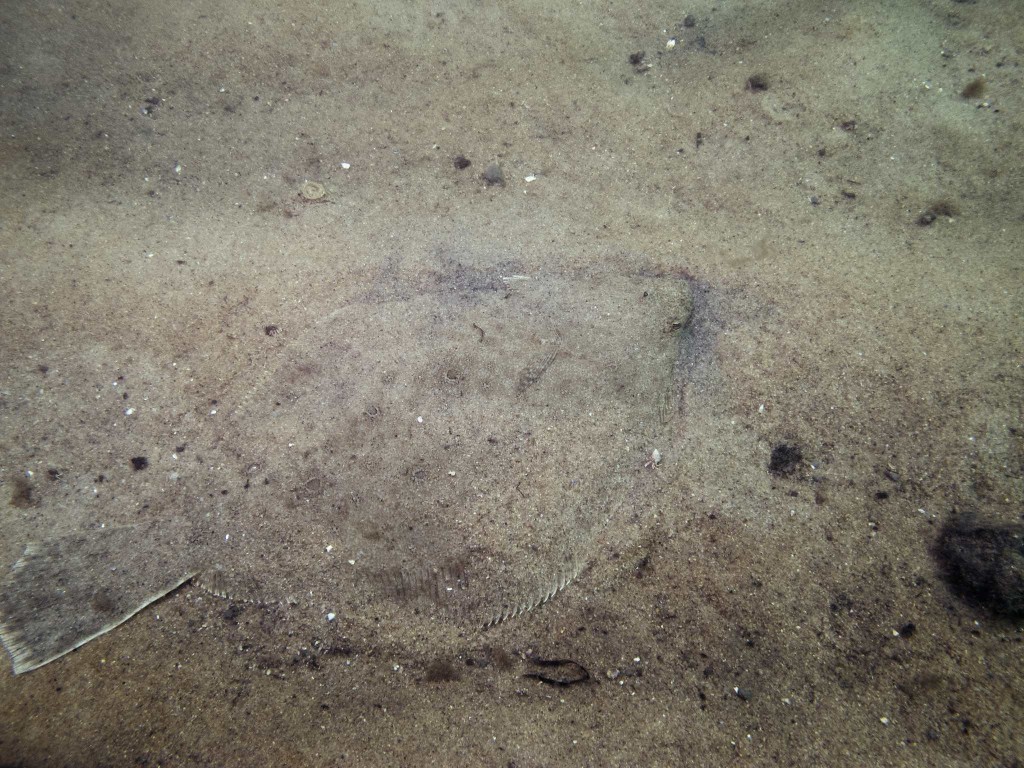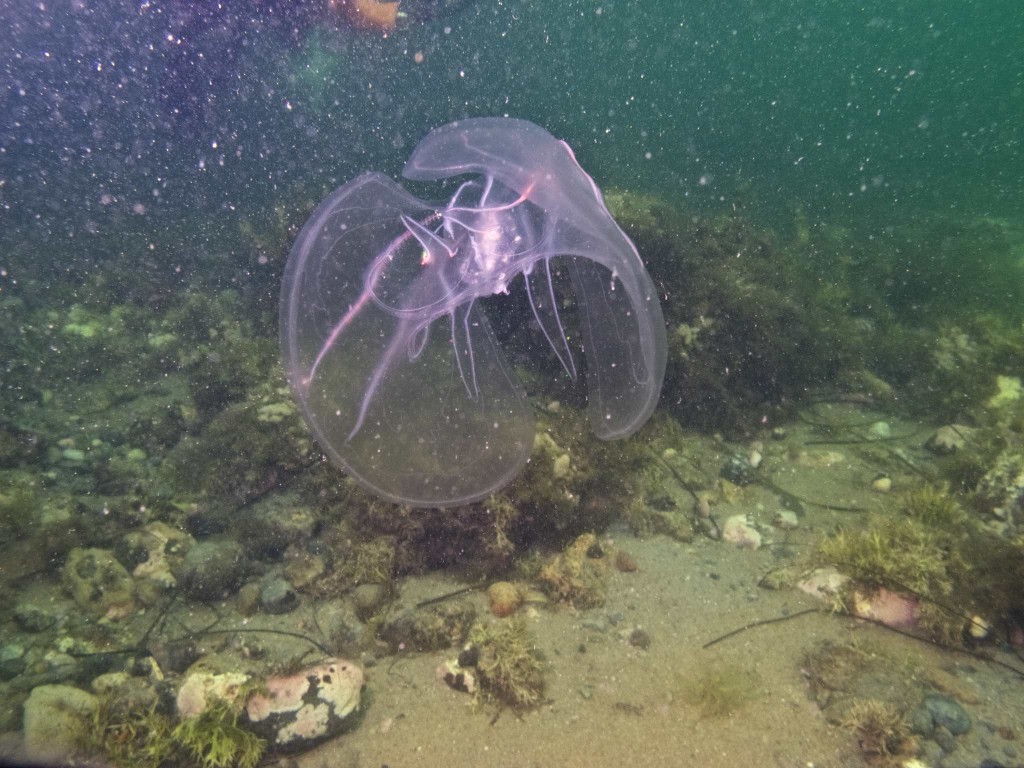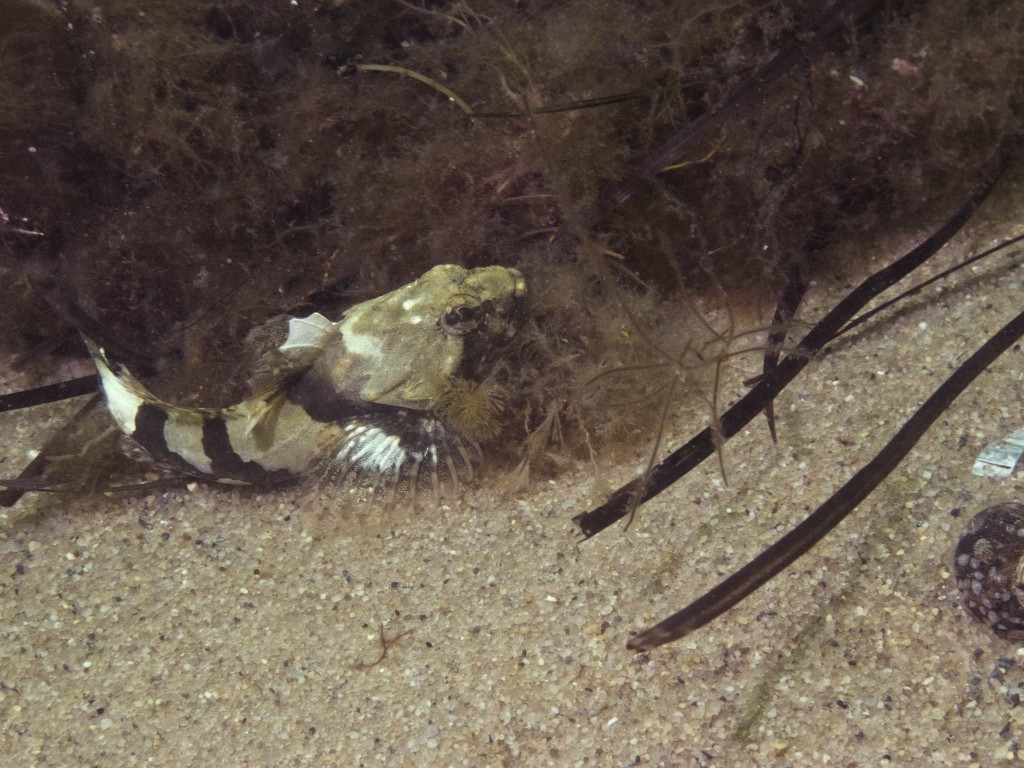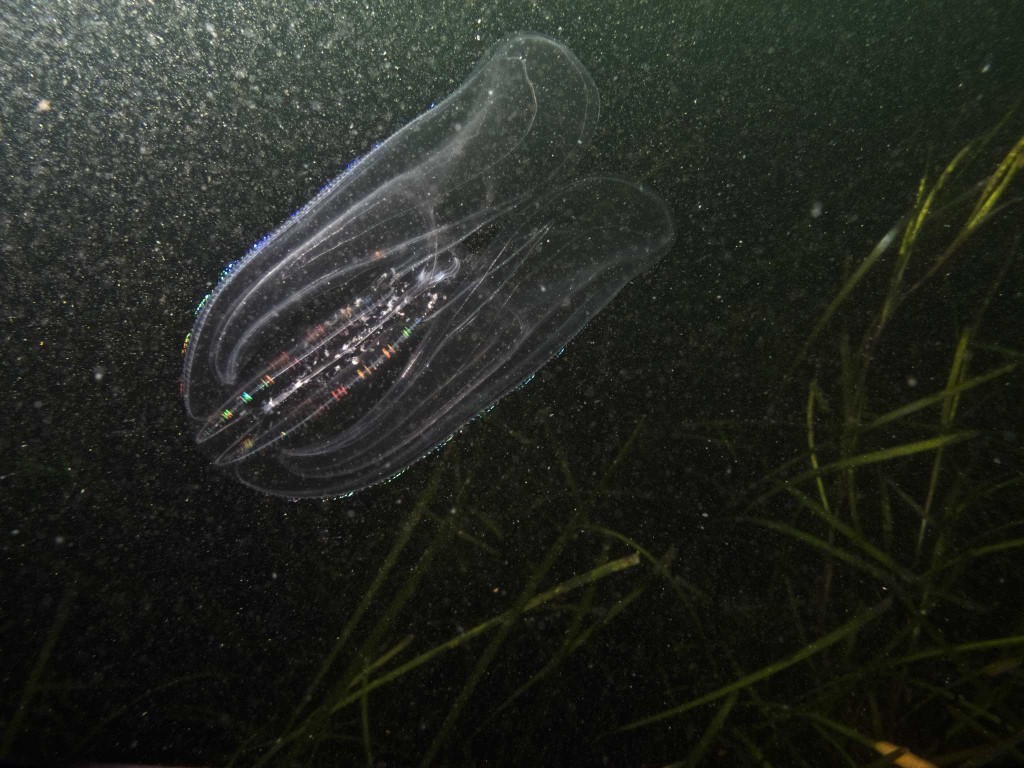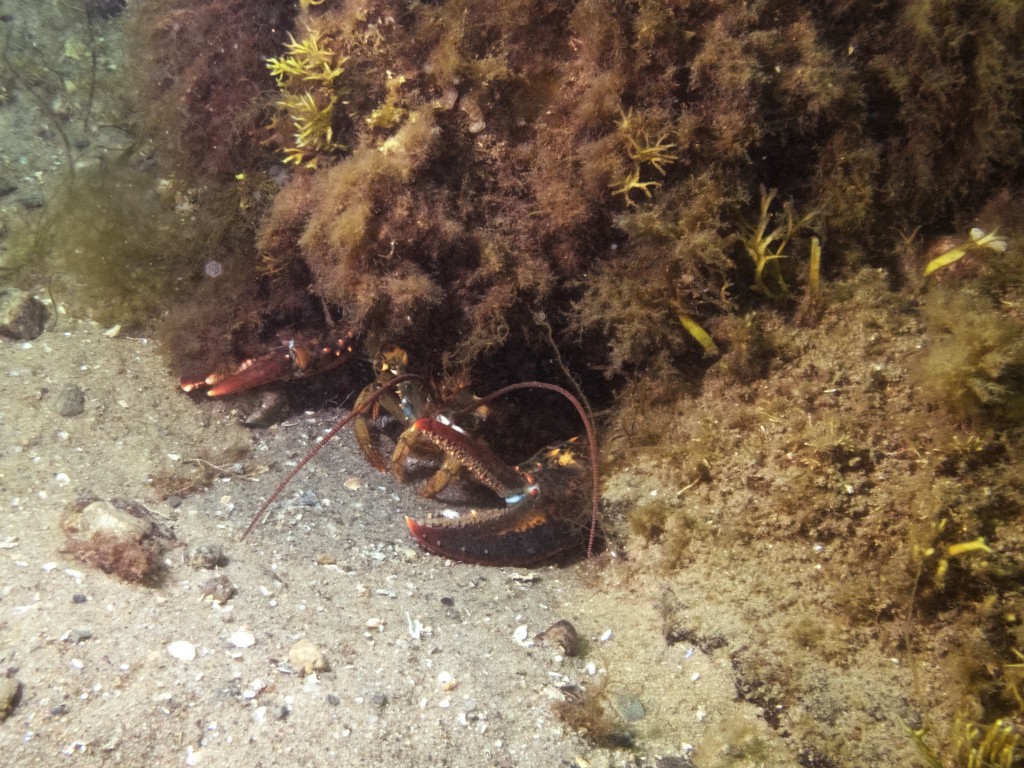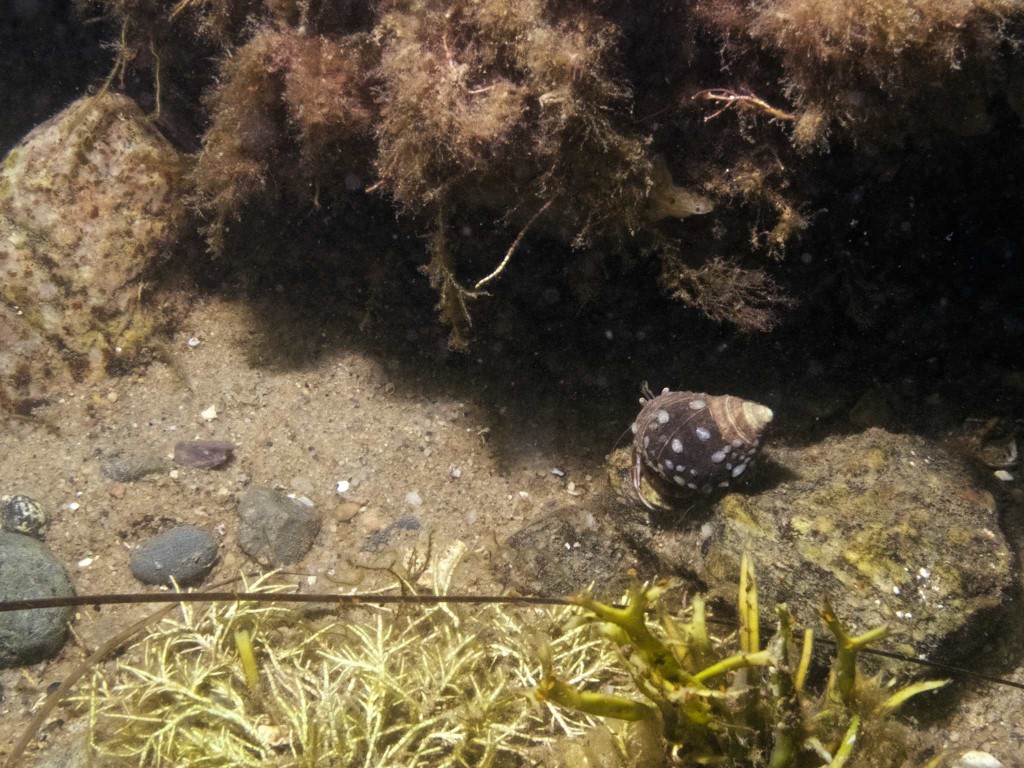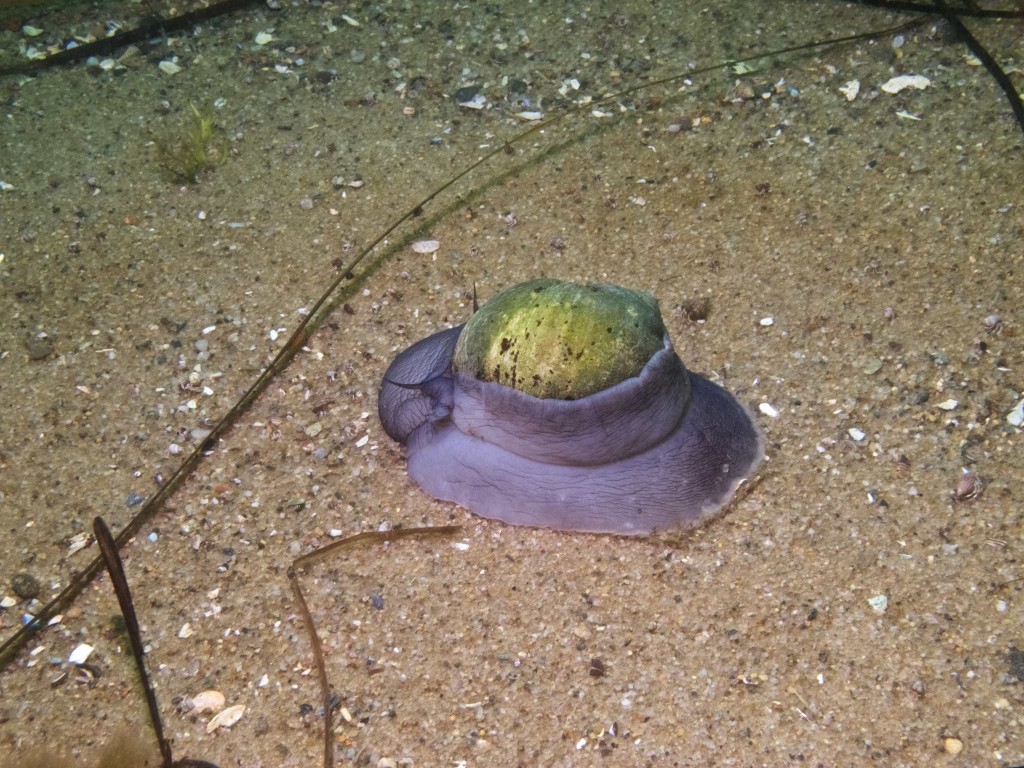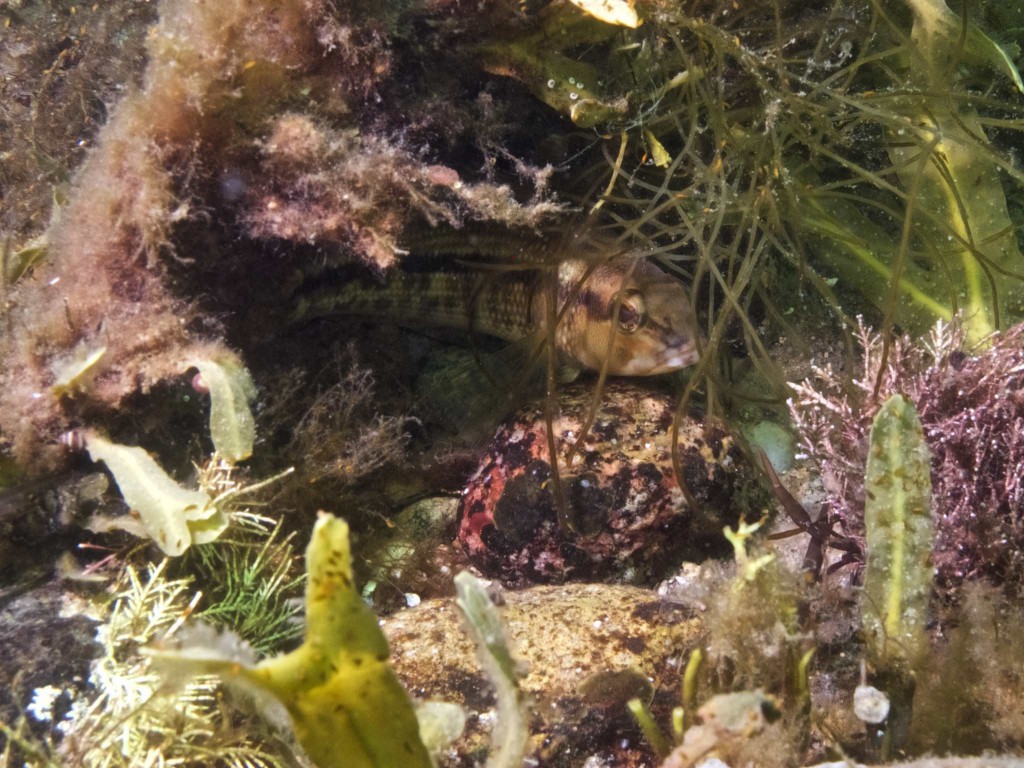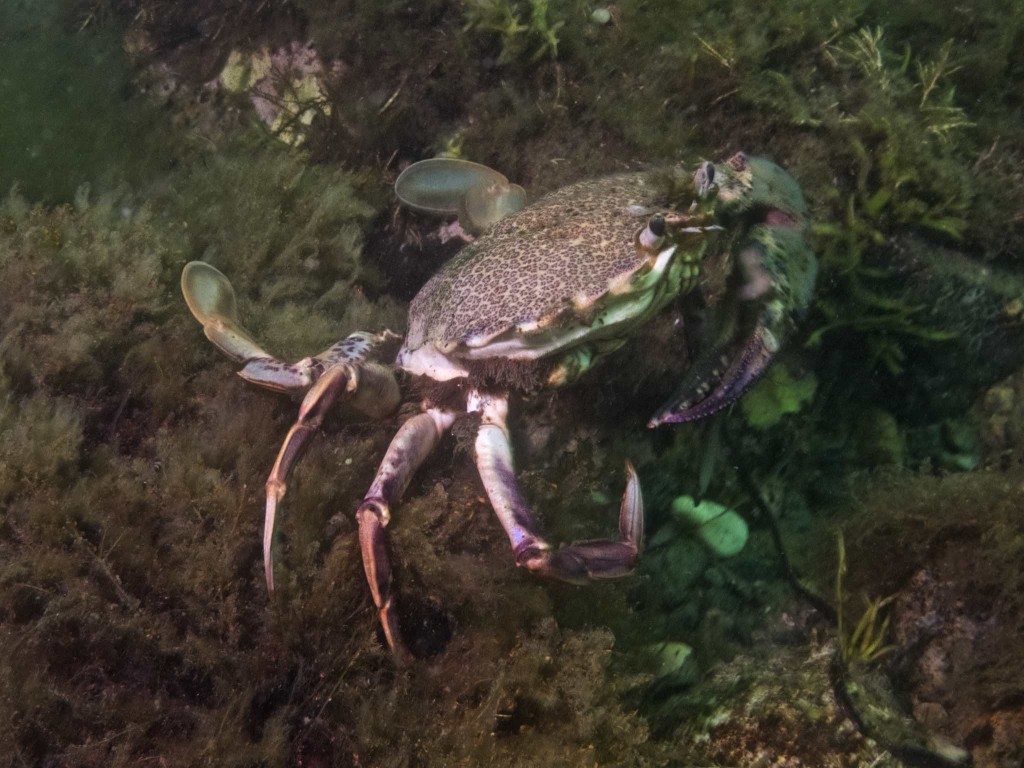It was a shock to hear that Neil Armstrong died yesterday; it seemed like it was not so long ago that we watched him step out onto the lunar surface.
Of course, it has been a long time. I was nearly ten that Sunday in July; and very much into the space program. I read as much about it as I could, watched all the launches, and of course, there were the models. Dad and I built a model of the Saturn V together, and I’d also built a larger scale model of the three Apollo modules. I clearly remember the Gulf paper model of the lunar module, and I remember ‘flying’ it–with the aid of a string– from the Cape house stairs.
We were on the Cape that Sunday in July for our two weeks. That year, dad had picked up a secondhand mast, and he and my uncles were setting it up as a flagpole.
I remember running into the house around four to watch the coverage of the landing– with Walter Cronkite, of course. This was in the days before cable, and the picture was snowy and staticky. But I remember when they landed.
What I don’t remember noticing–whether it was because I was only nearly ten, or because of the crummy reception, or because Cronkite himself didn’t remark upon it, was what a near run thing it was. They landed with only about 30 seconds worth of fuel left. Armstrong had noticed the computer was taking them down into a field of boulders, and took over manual control of the Eagle to land them safely.
Once Eagle had landed, I went back outside, where Dad was finishing the installation of the flagpole. They’d set the base of it in concrete, and scratched into the wet cement ‘JULY 20 1969 – ON THIS DAY, MAN LANDED ON THE MOON’. The flagpole and inscription are still there.
The original official plan had called for the astronauts to take a nap between landing and doing the moonwalk. But soon, it was announced, they were going to go ahead with the moonwalk sooner — around 10:30. I begged to be able to watch it, but it was past my bed time, and off to bed I had to go (sulking). Soon, though, Dad came back up stairs, and told me I could watch it after all.
Being the Cape, reception was poor. And it took longer than expected for them to completely vent the Lunar Module, and for Armstrong to work his way through the tight front door of the LM. But eventually, we saw his shadowy figure bouncing down the steps of the LM, and onto the the front footpad.
Neil Armstrong was something of an accidental hero; his place as the first man on the moon is partly due to the happenstance of the astronaut rotation, and the influence of previous events, like the Apollo 1 fire, the deaths of the original Gemini 9 prime crew several years before, and changes to the program sequence, like the insertion of the lunar orbital Apollo 8 mission. And unlike the early European explorers, there is no one person responsible of the success of the Apollo missions. Neil Armstrong was simply the most visible (and somewhat reluctant) face of it. And yet, on the last few moments of the descent, it was his skill and levelheadedness that took them to the surface.
He was an intensely private man. His crew mate, Michael Collins, once described the crew of Apollo 11 as “amiable strangers”, communicating only the technicalities needed to get the job done. By way of contrast, his successor on Apollo 12, Pete Conrad, was very much of an extrovert, and insisted on bonding his mission into a “crew-crew”. I sometimes wonder if Armstrong would have preferred to have commanded one of the later missions instead, where the glare of publicity was less, and there was more focus on surface operations. The only exploring Armstrong got to do was a brief one minute run to the edge of a crater, near the end of the space walk.
On the other hand, he was a test pilot, and Apollo 11 was essentially the last of the test missions, where NASA was figuring out how to land a man on the moon. (I still remember the commentary on the fact that when the Eagle landed, they didn’t know exactly where. Later missions were able to land much closer to target).
Its been 43 years since Neil Armstrong landed on the moon, and nearly 40 years since Gene Cernan left it. Cernan’s still the last man on the moon, something that would have been considered shocking back then. Someday, however, someone will go back there, and Cernan will yield his title.
Neil Armstrong, however, will always be first.


